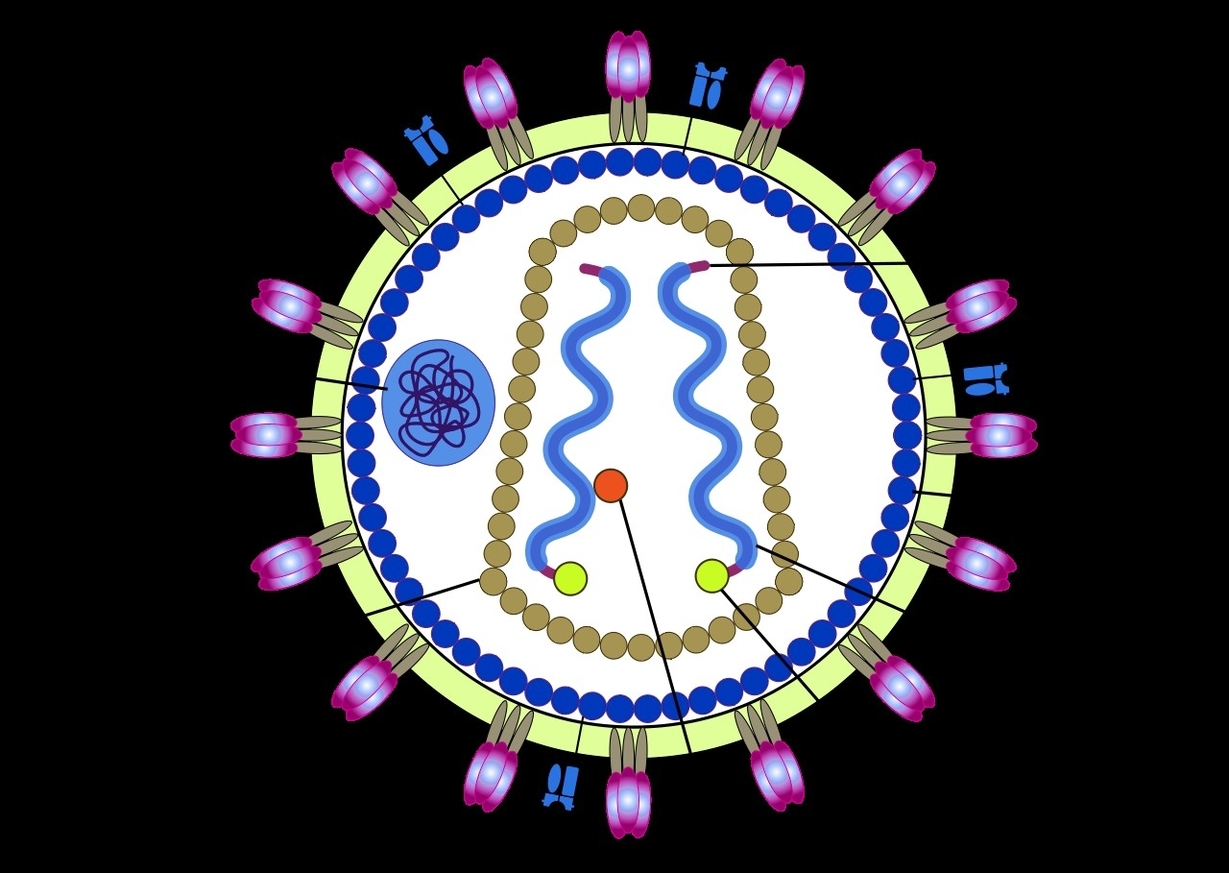Virus Cell Structure
Viruses are unique entities that straddle the line between living and non-living. They are much smaller than cells and are composed of a nucleic acid genome (either DNA or RNA) encased in a protein shell known as a capsid. Some viruses also have an outer envelope composed of lipids and proteins.
Nucleic Acid Genome
The genome of a virus is its genetic material, which carries the instructions for the replication of the virus. This genome can be either DNA or RNA, and it can be single-stranded or double-stranded. The genome is the core of the virus and is protected by the capsid.
Capsid
The capsid is a protective protein coat that encloses the viral genome. The shape of the capsid can vary from one type of virus to another. The capsid is made from proteins that are encoded by viral genes within their genome. The shape of the capsid serves as one basis for the classification of viruses.
Envelope
ome viruses have an envelope of phospholipids and proteins. The envelope is made from portions of the hosts cell membrane. It surrounds the capsid and helps protect the virus from the hosts immune system. The envelope may also have receptor molecules that can bind with host cells, making it easier for the virus to infect the cells.
Virus Shapes and Structures
Viruses come in different shapes and structures. Two main classes of viruses based on their structure are helical viruses and icosahedral viruses.
*Helical Viruses*: Helical capsids are made up of a single type of protein subunit stacked around a central axis to form a helical structure. This arrangement results in rod-shaped or filamentous virions. An example of a helical virus is the tobacco mosaic virus.
*Icosahedral Viruses*: Icosahedral capsid symmetry gives viruses a spherical appearance at low magnification, but the protein subunits are actually arranged in a regular geometrical pattern.
Viral Reproduction
Viruses reproduce by infecting their host cells and reprogramming them to become virus-making “factories”. A virus is an infectious particle that reproduces by “commandeering” a host cell and using its machinery to make more viruses.
In conclusion, viruses are fascinating entities with complex structures that enable them to invade host cells and replicate. Their unique characteristics and diversity make them a significant area of study in biology and medicine.


